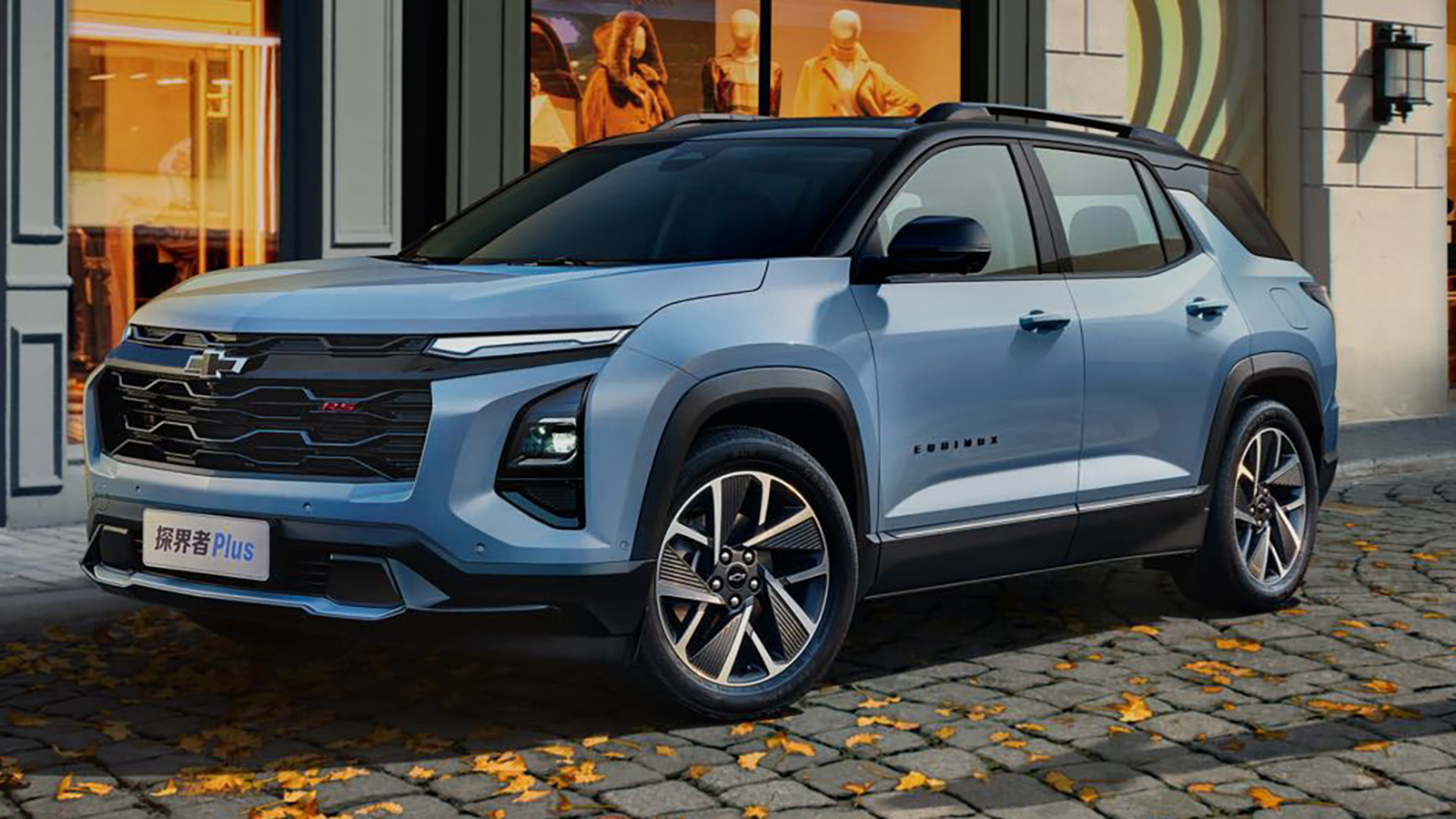A New Era of GM Hybrids Arrives by 2027

GM's Strategic Shift: Balancing Hybrids and EVs
General Motors (GM) has been navigating a complex landscape as it continues to transition toward electrification. While the company has scaled back some of its hybrid plans, it remains committed to introducing new models in key segments. This shift comes after CEO Mary Barra emphasized the importance of focusing on pure electric vehicles (EVs) for the future of the company.
Barra's vision for electrification has been clear, but the company is also recognizing the need to adapt to the current regulatory environment. This includes the introduction of hybrids, particularly plug-in hybrids (PHEVs), which are expected to be launched in 2027 across key segments. These models will not be available across all product lines, but rather targeted at specific areas where they can meet stricter emissions regulations.
The decision to introduce hybrids is not just about compliance; it’s also about leveraging existing technology. GM already offers PHEVs in China, such as the Chevrolet Equinox and Buick Velite 6, which demonstrate the potential of this technology. In North America, any PHEVs introduced will be compliance models designed to help meet environmental standards. This means that customers can expect hybrid versions of existing models rather than entirely new nameplates.
Continued Growth in EV Sales
Despite the focus on hybrids, GM remains firmly committed to its EV strategy. The company reported a 43% increase in EV sales during the second quarter, outpacing the industry's overall growth of 11%. Even with lower incentives, GM is gaining market share, highlighting the strength of its EV offerings.
The 2024 Chevrolet Equinox EV, priced under $30,000 with tax rebates, is now in production, with the first 1,000 units delivered late in the quarter. This model represents a significant step forward in making EVs more accessible to consumers. Looking ahead, GMC will launch the 2024 Sierra EV, while Cadillac will add the 2025 Optiq and Escalade IQ, along with the hand-built Celestiq flagship sedan. The 2026 Cadillac Vistiq three-row electric SUV is also on the horizon, offering additional options for consumers.
In addition to these launches, the next-generation Chevrolet Bolt EV is set to arrive next year, capitalizing on the growing demand for affordable EVs. Buick's first EV, originally planned for 2024, is also in the works. GM is also exploring partnerships, including finalizing details with Tesla to use its charging network.
Prudent Financial Management
While GM is investing heavily in its EV initiatives, the company is also being cautious about its spending. The growth of EV sales has been slower than initially forecasted, prompting a more measured approach to battery cell supply through the Ultium Cells joint venture. Additionally, the reopening of the Orion Assembly Plant for full-size electric pickup trucks has been pushed back to mid-2026, six months later than previously planned.
GM still expects to produce between 200,000 and 250,000 EVs this year, with 200,000 units representing the breakeven point. If this volume does not materialize, the company has the flexibility to produce more internal combustion engine vehicles to maintain profitability.
Challenges in Key Markets
GM faces challenges in both China and the U.S. In China, the company is reducing inventory and aligning production with demand, but it continues to face difficulties. Sales fell by 29% in the quarter, resulting in a $104 million loss. Barra noted that many companies are struggling in China due to a competitive race that is not sustainable.
Regarding the U.S. presidential election, Barra emphasized that GM has a diversified portfolio capable of adapting to any changes in the regulatory environment. The company is conducting scenario planning to ensure it can respond effectively to potential shifts in policy.
Strong Financial Performance
Despite these challenges, GM posted strong second-quarter earnings, driven by truck sales in North America. Net income rose 15% to $2.9 billion, with revenue increasing by 7% to $47.9 billion. Adjusted earnings jumped 37% to $4.4 billion. Efforts to reduce fixed costs by $2 billion this year are on track, and GM will spend an additional $400 million in the second half of the year to promote new vehicle launches.
The company has raised its guidance again, projecting adjusted earnings of $13 billion to $15 billion, net income of $10 billion to $11.4 billion, and free cash flow and capital spending in the range of $10.5 billion to $11.5 billion. These figures indicate a positive outlook for future products and continued growth in the automotive industry.